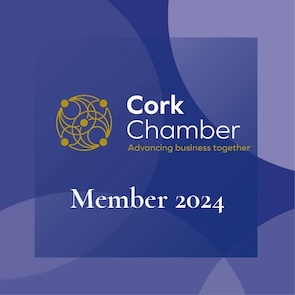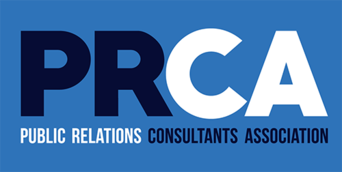Employees represent diverse groups with different needs
This article was originally published in Strategic.
In March 2020, when many of us packed up our offices and were plunged into remote working, internal communication was catapulted to a much higher position on the priority lists of companies. Suddenly, the internal communication specialists who had often found themselves pushing for a seat at the table, were given the best (virtual) seat in the house. How do we connect when we’ve never been more disconnected? This was what internal communication professionals had trained for, this was our time to shine! There have been many articles written about the importance and response of internal communication during the pandemic; creative concepts and new channels were developed as companies worked hard to maintain or build a sense of connection.
It is overly simplistic to say that internal communications enjoyed a new elevated position and maintained it, the new reality is more complex. New ways of working were not a return to normal, but a completely new departure where working arrangements vary from employee to employee rather than from company to company. We need to stop thinking of our employees as a single group with the same needs, they are not one category in stakeholder mapping, but they represent diverse groups with different needs. While the message the CEO wants to communicate might be the same for all employees, as groups they will engage with it differently. As internal communication professionals, we need to complete stakeholder mapping for our internal audiences – identify the broad groups and their needs, only then can you connect and engage. It’s also fair to say that the response to internal communication during the pandemic was tactical because that was reflective of the environment at the time during a period of flux and unknowns. But now that the dust has settled it is the time for new strategic thinking when it comes to internal communication.
There is often a rush to assess internal communications channels and determine what new methods are required to ensure employees feel connected, but before lining up the latest tools to improve internal communications it is vital that the most impactful tool is in place – effective and structured methods of listening to your employees. Ensuring that employees are part of the decision process in any overhaul or change helps to put down a marker, letting them know that they are the key to successful internal communication and at the centre of the company’s approach. It should be shaped around their needs, and therefore they should be regularly consulted.
Effective internal communication keeps employees connected, informed, and engaged through a shared understanding of the company objectives, mission, and values. This means that when looking for opportunities to enforce and instil company culture and values then internal communication is the perfect route.
This is achieved through design; a clear roadmap or strategy is required to ensure success. An impactful and lived internal communication strategy will ensure that company culture and values are embedded in how we communicate, offering the ideal opportunity to ensure we have daily reminders that link back to why we do what we do.
An internal communications strategy is essential, it forms a blueprint for success, sets out clearly what you want to achieve through measurable objectives. A strategy provides a clear statement of intent, recognising the importance of employee engagement and sets out the organisation’s commitment to a planned and deliberate approach in ensuring success.
A strategic approach to communications allows an organisation to align its internal communication with its overall business goals and objectives. Key to a successful strategy is consultation across the organisation and senior leadership support. A collaborative approach to developing a strategy ensures buy-in and leadership sponsorship ensures it is delivered.
Your employees are your most important stakeholders; investing time to properly develop a strategy is key. Starting a strategy from scratch can be daunting and using templates can be an easy starting point, however these should only form a wireframe on which to build your own strategy. An effective strategy should motivate and inspire, it should be a living document that reflects the organisation it represents.










